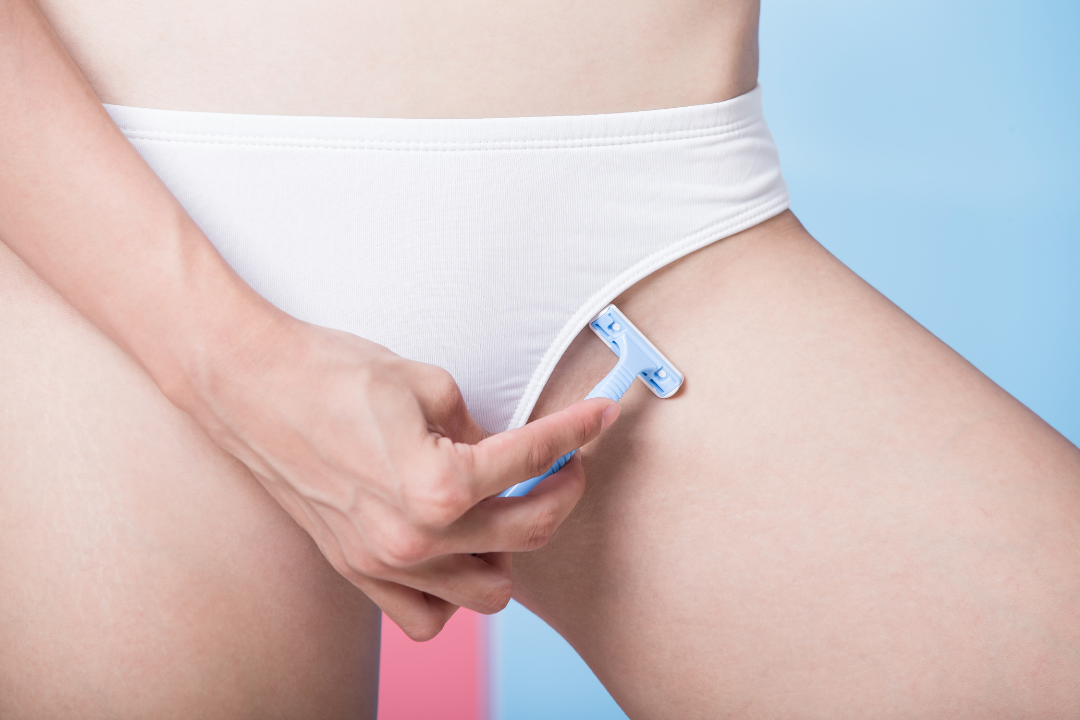Hyperpigmentation is a condition characterized by the darkening of the skin, caused by an excess production of melanin. It is a common concern for many people, especially those with darker skin tones, and can be caused by a variety of factors, including sun exposure, hormonal changes, and skin inflammation. One question that often arises is whether shaving can cause hyperpigmentation.
Does shaving cause hyperpigmentation?
Shaving is a common method of hair removal, especially for the legs, underarms, and bikini area. However, the repeated act of shaving can cause skin irritation, leading to the development of hyperpigmentation. When the skin is repeatedly irritated, it can trigger an increase in melanin production, leading to darkening of the skin.
Additionally, shaving can cause ingrown hairs, which can also contribute to hyperpigmentation. Ingrown hairs occur when hair curls back and grows into the skin instead of growing out of the hair follicle. This can cause inflammation, leading to the development of dark spots or patches.
Hyperpigmentation from shaving
Hyperpigmentation from shaving can occur in areas where the skin is repeatedly irritated, such as the underarms, legs, and bikini area. It can appear as dark spots or patches on the skin, and can be difficult to treat. However, there are several ways to prevent hyperpigmentation from shaving.
Firstly, it is essential to use a sharp and clean razor to avoid skin irritation. Dull blades can cause more friction on the skin, leading to inflammation and hyperpigmentation. Additionally, it is recommended to use a shaving cream or gel to reduce the risk of irritation.
Secondly, exfoliating before shaving can help prevent ingrown hairs, which can contribute to hyperpigmentation. Exfoliation helps remove dead skin cells, allowing the hair to grow out of the follicle correctly.
Lastly, it is essential to moisturize the skin after shaving. Moisturizing helps keep the skin hydrated, reducing the risk of inflammation and hyperpigmentation.
Will hyperpigmentation from waxing go away?
Hyperpigmentation from waxing can occur due to skin irritation, which can lead to the overproduction of melanin. However, in most cases, hyperpigmentation from waxing is temporary and will fade over time.
The length of time it takes for hyperpigmentation to fade depends on several factors, including the severity of the condition and the individual's skin type. However, there are several ways to help speed up the process.
Firstly, it is recommended to avoid further skin irritation, which can worsen hyperpigmentation. This includes avoiding waxing or shaving the affected area until the hyperpigmentation has faded.
Secondly, it is essential to protect the skin from sun exposure, which can further darken the hyperpigmented areas. Wearing protective clothing and using sunscreen can help prevent further damage to the skin.
Lastly, there are several topical treatments available that can help fade hyperpigmentation. These include topical creams containing ingredients such as hydroquinone, retinoids, and vitamin C. However, it is essential to speak with a dermatologist before using any topical treatment, as they can have side effects and may not be suitable for everyone.
Conclusion
In conclusion, shaving can cause hyperpigmentation, especially in areas where the skin is repeatedly irritated. However, there are several ways to prevent hyperpigmentation from shaving, including using a sharp and clean razor, exfoliating before shaving, and moisturizing after shaving.
Hyperpigmentation from waxing is also possible, but it is generally temporary and will fade over time. Protecting the skin from sun exposure, avoiding further skin irritation, and using topical treatments can help speed up the process of fading hyperpigmentation.

